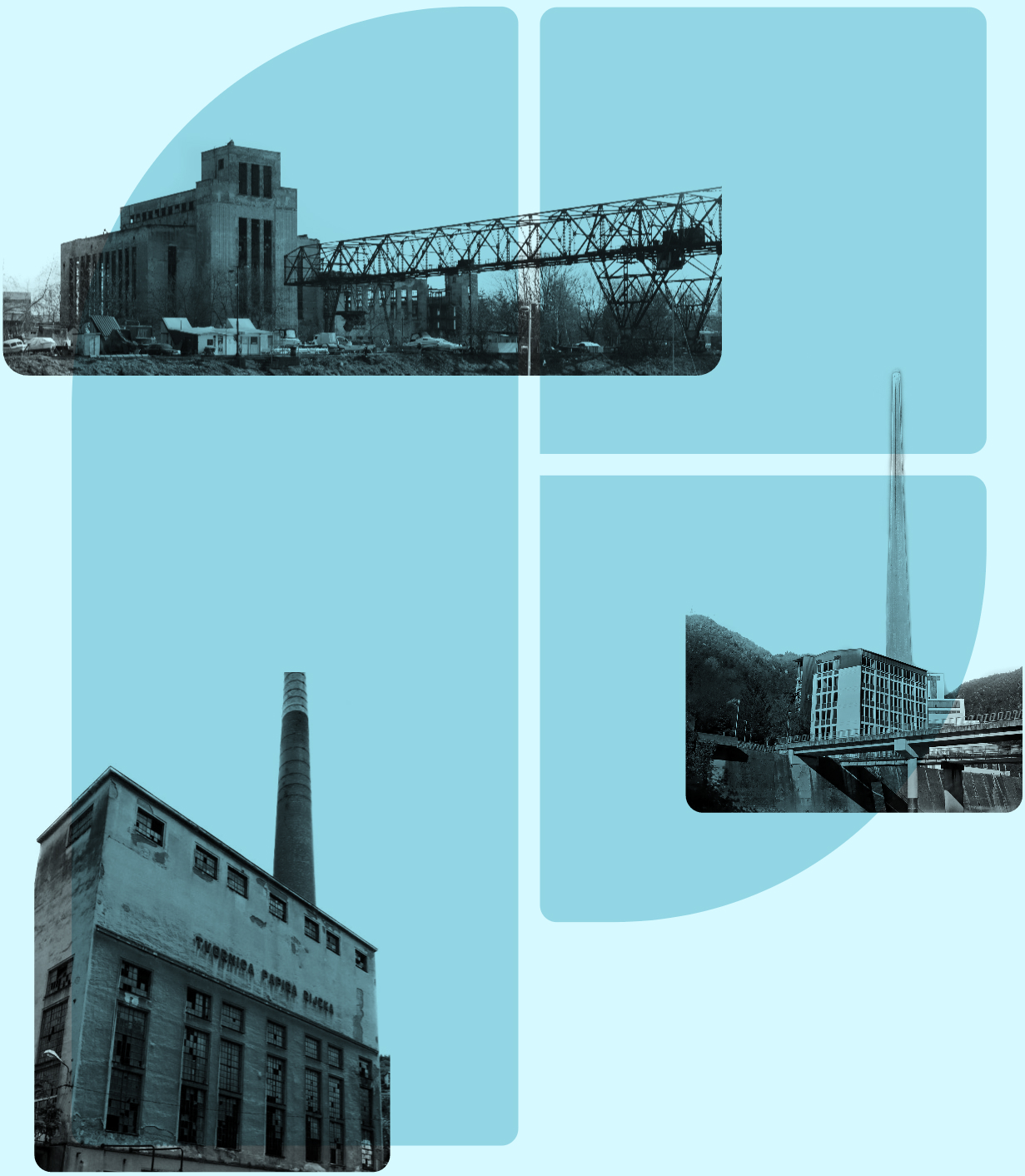
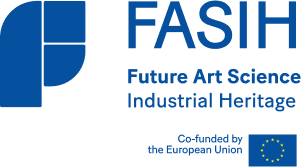
Belgrade (Serbia), Rijeka (Croatia) and Trbovlje (Slovenia) with their diversity of economic, cultural and scientific layers, represent the backbone of the modern story of the industrial heritage of the region. Through the language of art and in conjunction with scientific research and new media and technology, the FASIH project seeks to connect, with the use of innovative digital tools, modern models of revaluation and revitalization of the industrial heritage of these three cities with the themes of sustainability, environmental protection and accelerated technological development.
During the period 2023-2025, the six partner organizations from three countries of the region will collaborate in interdisciplinary artistic-scientific research of industrial and cultural heritage through the discovery, research and evaluation of those architectural achievements and immaterial processes that have marked the modern history of the three cities.
"The project focuses on industrial heritage as one of the important segments of scientific, technological and social relations, but also as a symbol of modernism and progress. In an interdisciplinary context, limited geographically to our region and chronologically to the period of the late 19th and the first half of the 20th century, the project partners will try to develop a unique methodology aimed at transposing the industrial heritage, and discovering and displaying hidden, buried or lost layers and contents" - Dobrivoje Lale Erić, the coordinator of the FASIH project.
For news and more information follow the FASIH page and CPN social media.
Contact: Dobrivoje Lale Erić - dleric@cpn.rs
Kako je to spoj umetnosti, nauke i nove tehnologije osvetlio skrivene slojeve i vrednosti industrijskog nasleđa Beograda, Rijeke i Trbovlja?...
Završna konferencija projekta FASIH u Rijeci bila je prilika da se industrijska baština sagleda ne samo kao trag (pa čak...
Autori: Ana Komadina, Lea Mioković, Vili Rakita, Mihaela Sladović, Andrea Stanić Ovaj se projekt oslanja na koncept Parlamenta stvari Brune...
Autori: Hart Art kolektiv (Marija Konfić, Enia Kozarić, Ana Marija Lončar) Digitalna Hartera participativni je umjetnički projekt kolektiva Hart-Art koji...
Autorka: Gaia Radić Rad istražuje ostatke napuštene industrijske arhitekture nekadašnje tvornice Hartera kroz fragmentaciju i digitalnu rekonstrukciju. Umjesto reprezentiranja cjeline,...
VRT P.T.I.C.H – Visions of Rapid Transformations: Perception Through Immersive Cinematic Hyperreality is a VR installation by Žiga Pavlovič that explores...
Zenica mog oka 1974 is an immersive new media art installation that explores the history and influence of the tallest chimney...
„Cilj našeg pristupa je da se polje kulture dominantno vizuelnog opažanja usmeri prema otvorenijim interdisciplinarnim saznajno-kreativnim postupcima u kojima je...
„Rilkeova definicija lepote relevantna je za iskustvo istraživanja i stvaranja iz ruševina: ’Jer šta je lepota ako ne sam početak...
U Galeriji 51, Muzeja nauke i tehnike u Beogradu, od 22. maja do 29. juna održava se izložba Svetlost i snaga...
U Muzeju nauke i tehnike u Beogradu svečano je otvorena izložba „Svetlost i snaga industrijskog nasleđa“, koja kroz pet savremenih...
Industrial buildings are a testimony of technological development and changes in the rhythm of life during the 20th century. These buildings often...
During two and half years of the duration of the project, this regional cooperation will produce:
– Its learning methodology for researching the industrial heritage.
– Two reports – one about the current state of industrial heritage in three cities, and another one about scientific achievements and sustainability.
– A series of training and workshops – pilot creative workshop at the Speculum Artium festival in Trbovlje, and two training in each city.
– Nine interdisciplinary productions: CPN, DDT, APURI and MNT will produce two each, and one joint production by NHMR and UNIRI.
– Three exhibitions – one in each of the three cities during the first half of 2025.
– Catalogues of exhibitions and productions.
– Final conference in Rijeka in mid 2025.
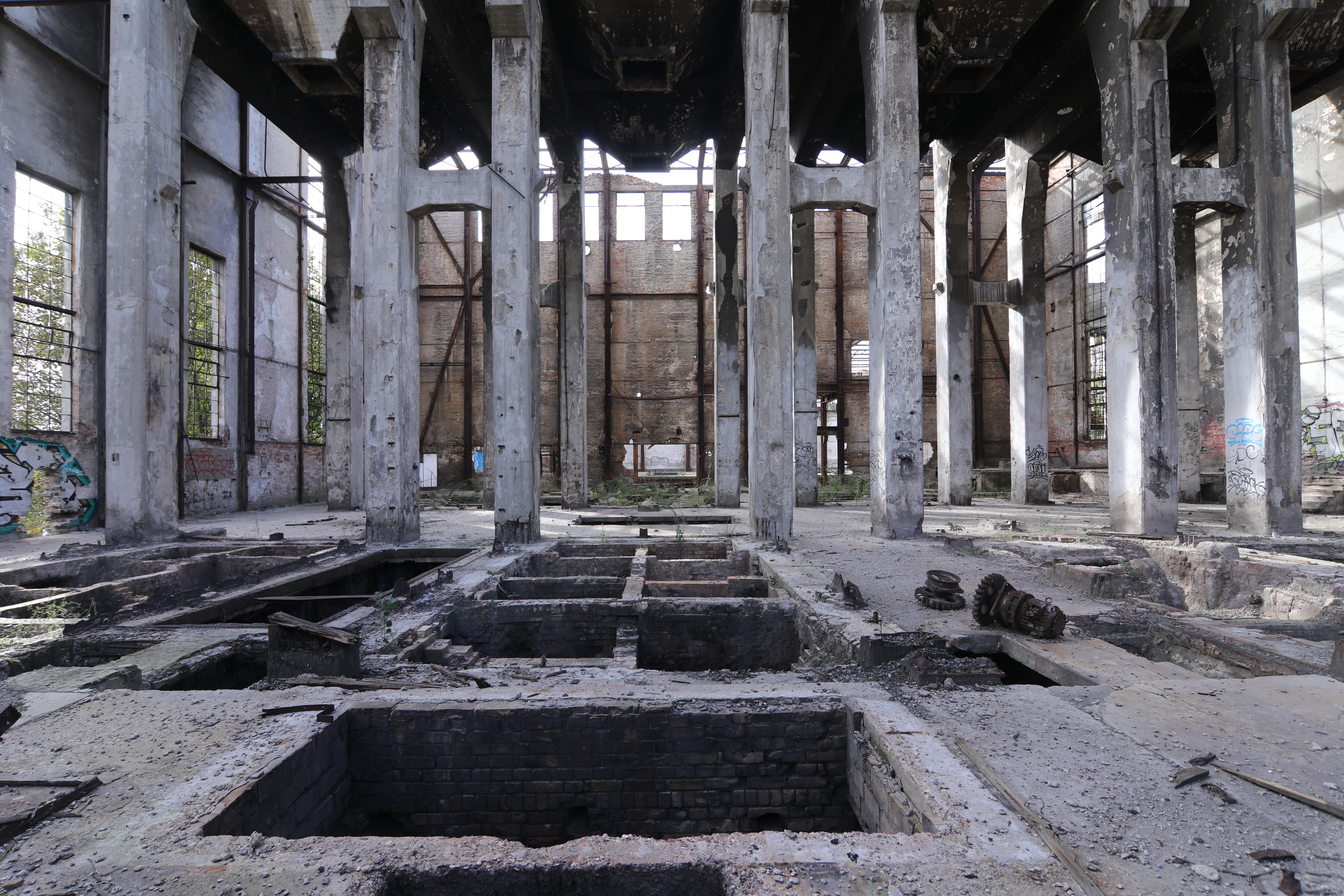
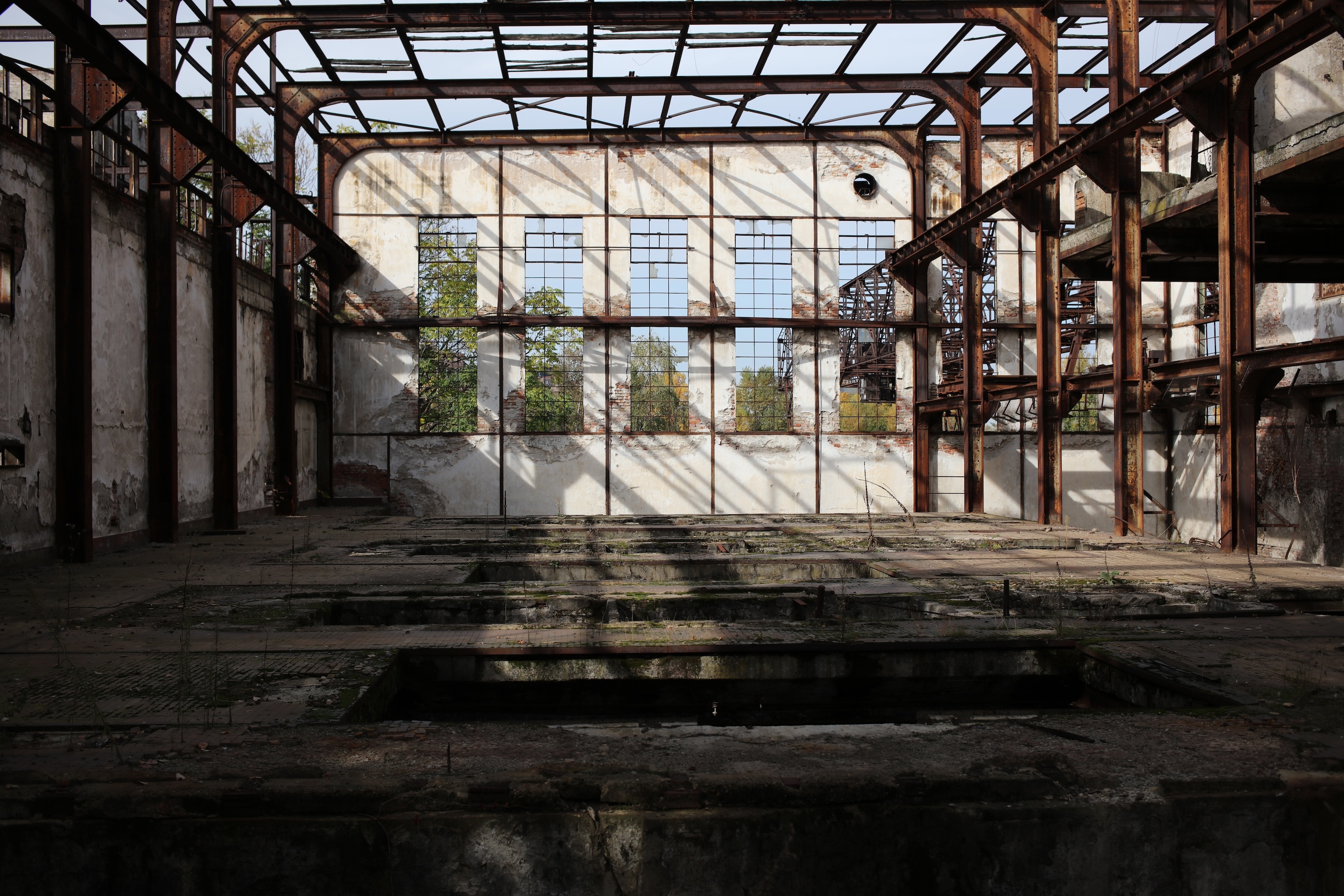

Beograd – Termoelektrana "Power and Light"
The Power and Light Power Plant complex was built between 1930 and 1932 on the right bank of the Danube River. The location was chosen primarily because of the large amount of water necessary for the cooling process and the possibility of transporting coal by water. Its construction was entrusted to the Swiss Society for Electrification and Traffic from Basel, which in 1929 received a concession for the supply of electricity in Belgrade for a period of 25 years. At the time it was built, it was the largest building of this kind in Belgrade. The architecture of the building, as well as the entire complex, reflects modernist concepts, current in the European construction practice of the interwar period. With the construction of the Power and Light Power Plant, a low-voltage distribution network for AC power supply was put into use for the first time. As the largest facility of its kind in Belgrade between the two world wars, its role was crucial for the formation of the city's electric power system and contributed to its significant improvement. Due to its cultural-historical and architectural-urbanistic values, it has an important place in the economic, technical, social and architectural past of Belgrade.
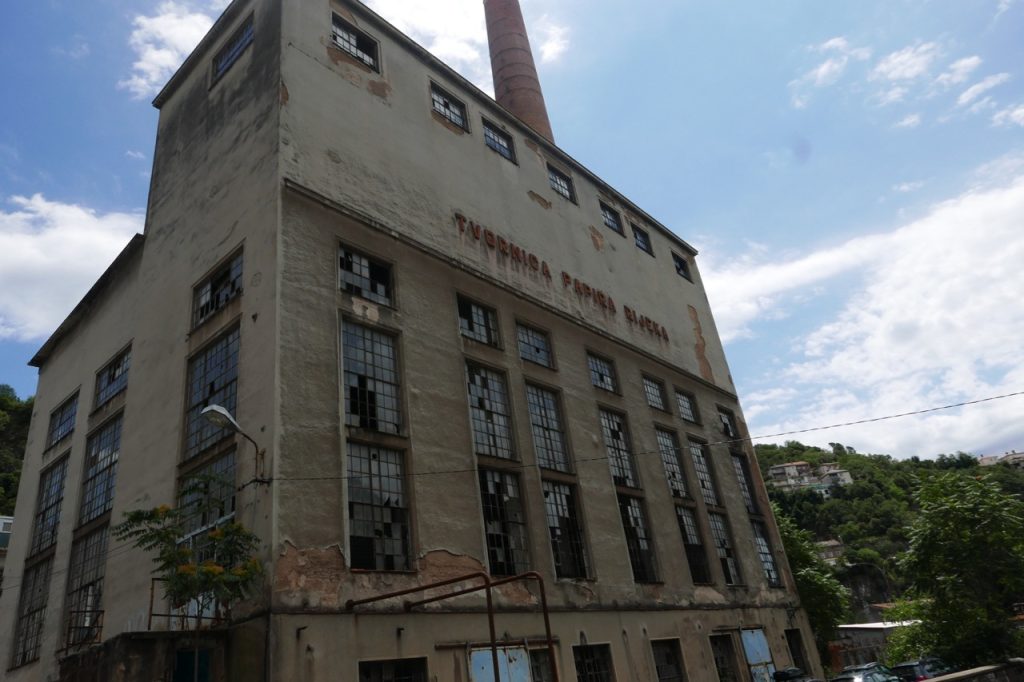


Rijeka – Paper Factory "Hartera"
The industrial heritage of Rijeka is the greatest legacy of the period of the Habsburg Monarchy and Austria-Hungary, whose Rijeka was an integral part from 1868 to 1918. The Hartera Paper Factory is the subject of research and artistic interpretation within the FASIH project due to its architectural, technical and scientific, but also massive production contribution during its operation. The operation and production functioning of Hartera lasted continuously from 1821 until 2005 when it went into bankruptcy. The current condition of the Hartera Paper Factory is extremely bad: Rijeka's example of industrial heritage, therefore, puts in the center of the research an example of an industrial architectural point that needs urgent intervention. The technical and scientific achievements of the complex are manifold, from the water mill drive to the aqueduct system for flood prevention. The complex expands and expands over time, which at the same time presupposes the potential of treating several separate halls as individual architectural achievements with adequate historical and artistic evaluation and valorisation. The complex is located in a canyon, along the Rječina River, existing within a natural environment, which is the main research area of the Natural History Museum.



Trbovlje – Thermal Power Plant "Trbovlje"
Because of the mine, electricity came to Trbovlje much earlier than in similarly large or even larger towns. The surplus energy of the mining power plant, which was originally located in the Trbovlje valley itself, was used early on for street lighting. Being so, Trbovlje was lit with electricity even before Ljubljana. A larger power plant was built during First World War along the Sava, next to the new mine separation plant, and an even more powerful new block, called TET2, was added in the 1970s. This power plant initially had only 70-meter chimney, that failed to remove smoke and soot from the valley, so it was replaced with a 360-meter-high chimney, the tallest building in Slovenia and the tallest chimney in Europe. The chimney still stands today (power plant was closed in 2015) and represents one of the most monumental symbols of the industrial age in the region.
EU programme Creative Europe invests in actions that reinforce cultural diversity and respond to the needs and challenges of the cultural and creative sectors. The main objectives of the programme are to: safeguard, develop and promote European cultural and linguistic diversity and heritage; increase the competitiveness and economic potential of the cultural and creative sectors, in particular the audiovisual sector. The novelties of the programme will contribute to the recovery of these sectors, reinforcing their efforts to become more inclusive, more digital and environmentally more sustainable.
![]()
This project has been co-funded by the European Union’s Creative Europe programme under grant agreement No 101100036. Views and opinions expressed on this page are those of the author(s) only and do not necessarily reflect those of the European Union or the European Education and Culture Executive Agency (EACEA). Neither the European Union nor the European Education and Culture Executive Agency (EACEA) can be held responsible for them.